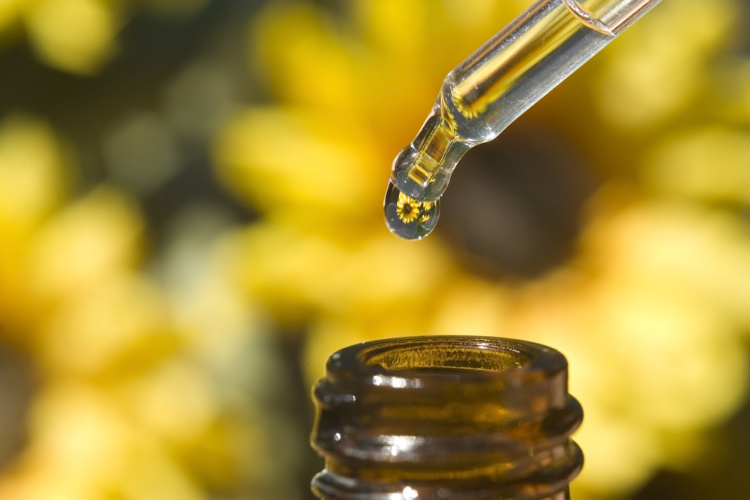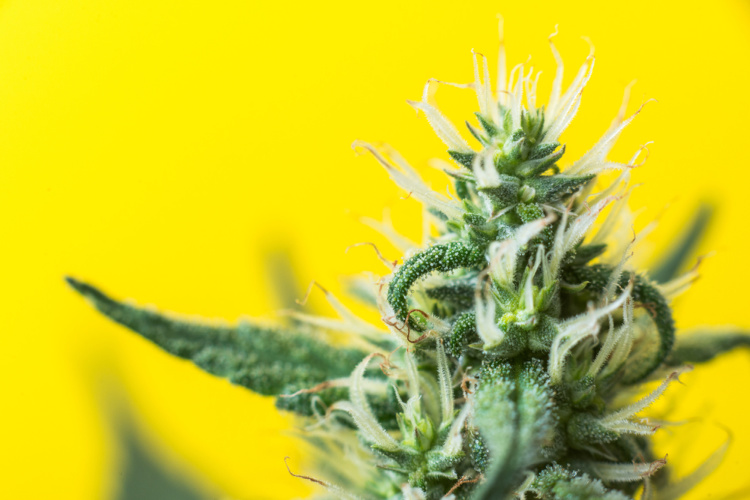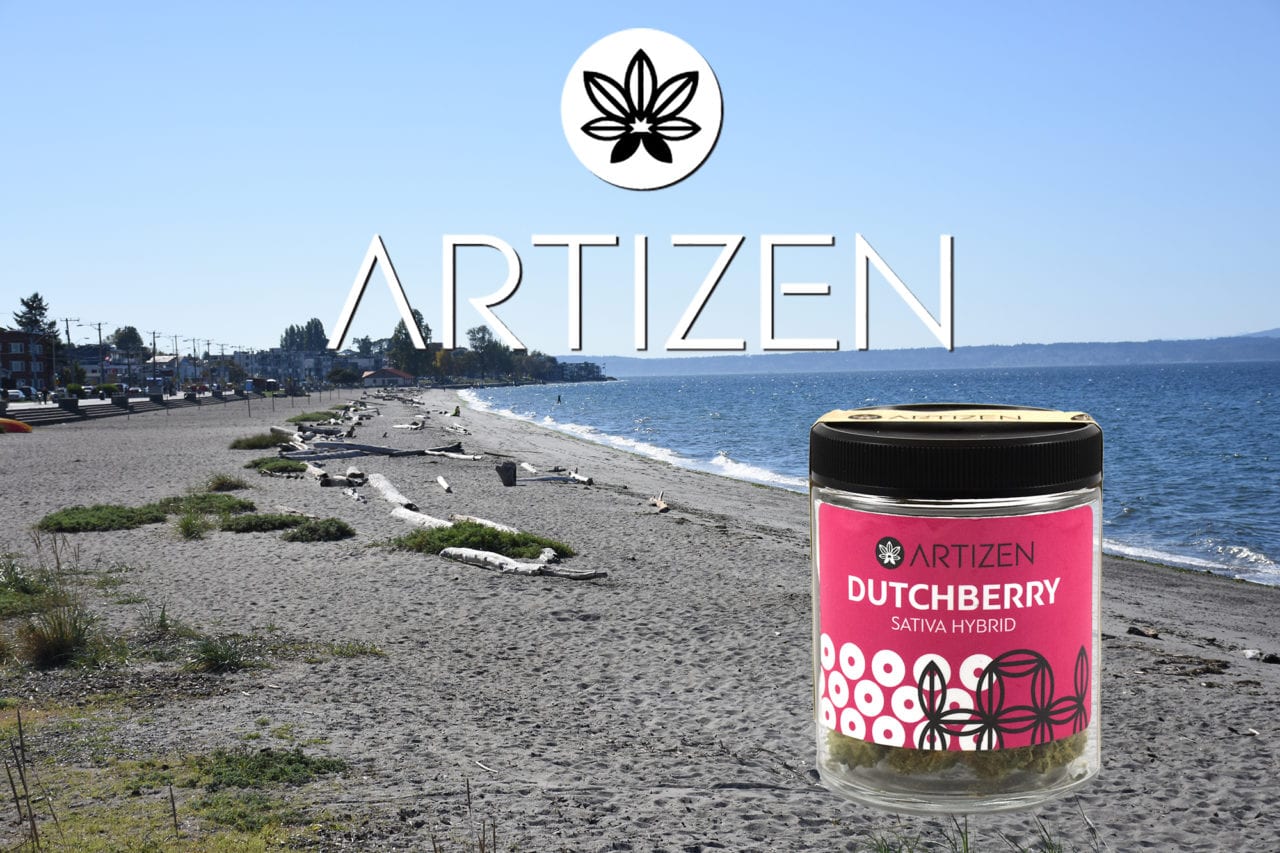Terpenes are pretty amazing. These volatile hydrocarbons—sometimes better known as “essential oils”—are powerful contributors to the aromas and flavors to cannabis (and many other) plants. Cannabis alone contains over 200 different terpenes, and as we’re discovering, they lend much more than distinctive and appealing scents. It’s safe to say that a cannabis plant’s terpene content has a huge deal to do with its medicinal qualities.

That said, terpenes aren’t the only “active ingredients” in cannabis. Assessing a plant’s cannabinoids—another class of natural compounds which includes THC, CBD and over 100 others—is still an extremely useful way to interpret any given cannabis strain and predict its effects.
But today, we’re talking terpenes. And borneol, the subject of this blog, is a particularly fascinating one. Although it doesn’t appear in the list of the ten most important terpenes in cannabis, it’s still an important and distinctive component. In addition to contributing a characteristic camphor-like aroma, borneol exhibits several intriguing and powerful medical effects, some that we humans have been taking advantage of for literally thousands of years.
What Does Borneol Smell Like, And What Can It Do For Us?
Borneol, like eucalyptol, has a distinctively camphor-like aroma. But compared with eucalyptol, borneol has a slightly earthier, funkier smell. Think of camphor’s cooling spice mixed with a hit of balsam and damp dirt and you’ll get the idea.
Borneol is found all over the plant world. It’s in flowers like sunflower, artemisia, and several more obscure subtropical and Asian native plants. Chinese physicians have been aware of borneol’s potent pain-fighting and other abilities since at least the “Warring States Period,” roughly 475 – 221 BC, when they compounded borneol to concoct a treatment called “moxa.”

Those early doctors were on to something. These days, researchers know that borneol has powerful pain-fighting applications. What’s unique about it is its absence of sedative qualities: It helps numb pain, but won’t knock you out. A rodent-based study from 2013 found a significant decrease in nociceptive pain—or that incurred from physical injury—as well as anti-inflammatory effects. Another 2013 study showed that borneol was an extremely effective topical to combat pain, only confirming what acupuncturists had known for centuries.
What’s more, borneol can help safeguard the health of the heart. As demonstrated by a 2008 study, it appears to impart anti-coagulative qualities. Another rodent-based study showed that borneol might have a role in preventing strokes.
On the environmental front, there’s growing awareness of the damage synthetic pesticides can inflict; borneol may be an effective substitute for some of them. A 2015 study suggests its effectiveness in controlling mosquitoes which carry diseases such as West Nile Virus.
How to Get Borneol from Cannabis
Borneol is scarce in cannabis, but there are at least a handful of strains it appears in:

Golden Haze: This strain has the fresh aroma of a pine forest, matched with a complex flavor with notes of dried spices, herbs, and floral blossoms. Many describe the high as “euphoric and energizing.”
K13-Haze: Often described as having a strong citrus and nearly metallic flavor, with spicy notes (another characteristic of borneol). It’s typically a high-THC plant, with moderate- to high-psychedelic effect.
Amnesia Haze: As the name suggests, this strain may inspire deep forgetfulness! With a notably euphoric onset, the generally happy, uplifted and relaxed effects make this a venerable and well-loved cannabis.
Want to see how borneol may affect you? Grab some great buds or cartridges at Greenside Rec Des Moines or check out our online menu.





